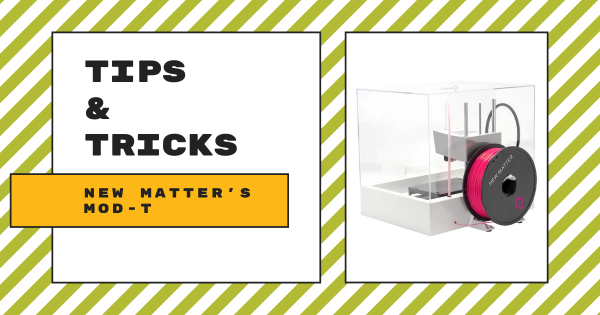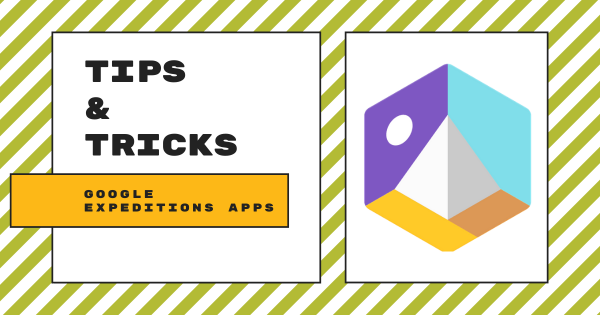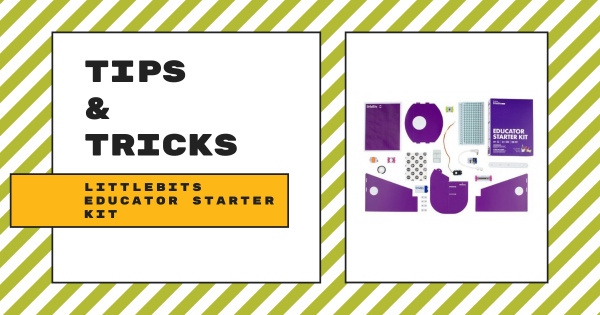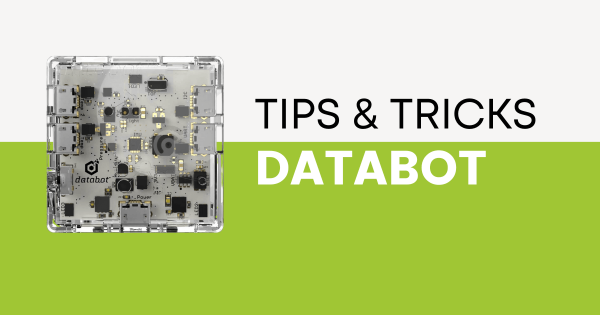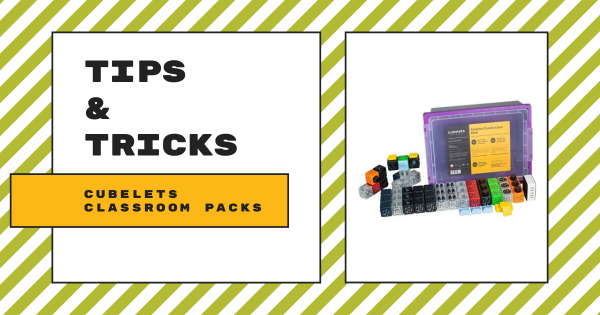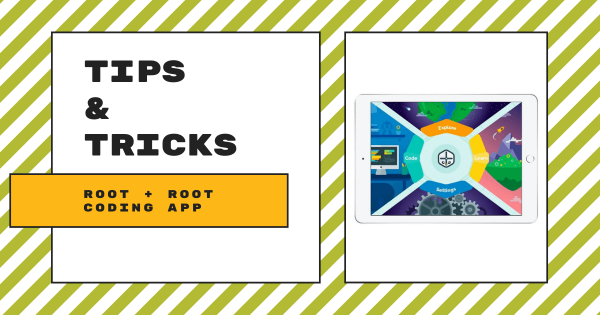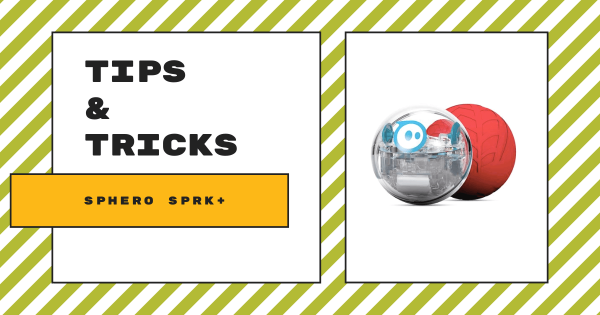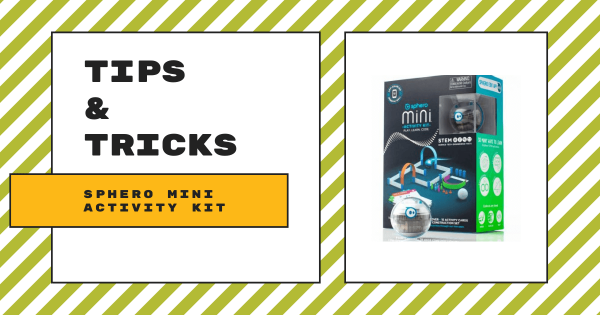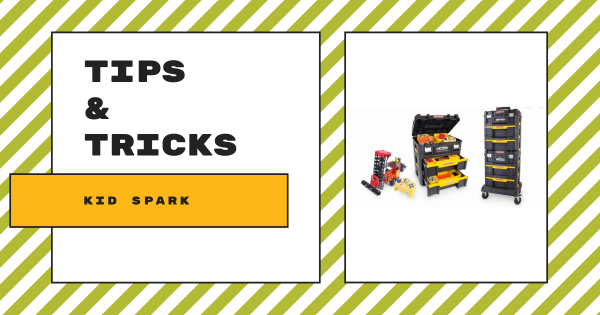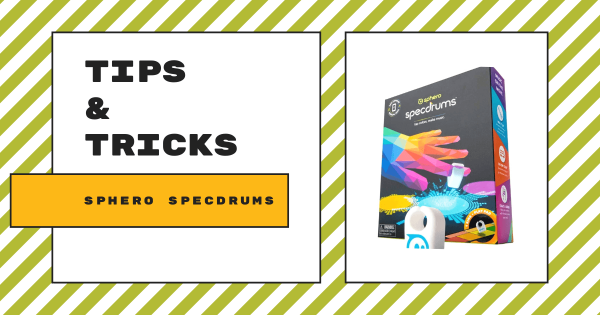For a long time, we sold New Matter’s MOD-t 3D printer on our store until that company shut down a few months back. There is one way, however, if you know how to do so, that you could still make use of a MOD-t printer. In this twist on our Tips & Tricks series, we’re going to help break it
Tips & Tricks
When it comes to integrating new EdTech tools effectively, it's understandable that some teachers are hesitant. In our Tips & Tricks series, we aim to help simplify integration for teachers new to certain tools. Since we offer a wide variety of STEM solutions on our store, both the EdTech brands and products that appear in this series are each extensive. Whether you are looking to learn more strategies for teaching coding with the Bee–Bot, trying to find some troubleshooting tips for the Dash Robot, or simply trying to broaden your EdTech horizons, we're confident you'll find some useful content here. Most of these guides feature simplistic language and easy-to-understand breakdowns as well. From start to finish, educators, technologists, administrators, and librarians can learn about optimizing these tools in their unique educational environment.
Also, no product lines or STEAM disciplines are off the table. As you might know, our store has hundreds of EdTech and maker solutions—from simple to complex. Starting in the early grades, we know educators need guidance. That often does not change for those teaching at the high school level. So, you may find Tips & Tricks for the simplest of technologies, like the Cubetto Robot. You may also benefit from learning about integrating 3D printing projects in high school classes using MakerBot CloudPrint. Our expertise and relationships with professionals from many of today's best EdTech manufacturers have helped us identify the key elements teachers are wondering about and present them with easy-to-find hints in a concise way. We are always adding new content and updating these posts as well. So, check back every other Wednesday for the latest edition of our Tips & Tricks series.
-
Tips & Tricks | VR Learning With The Google Expeditions Apps
With schools and non-essential businesses closed in a lot of communities, we’re all grappling with how to keep learning going while practicing social distancing. So, today, we are talking about a free app that can take you to over 900 places right from your living room—the Google Expeditions app. And no, you don’t even need a bulky VR headset to -
Tips & Tricks | littleBits Educator Starter Kit
Since it was released a few months back, we’ve gotten the chance the try out the littleBits Educator Starter Kit, which essentially serves as a trial kit for educators interested in STEAM learning with littleBits. It’s one single littleBits kit and doesn’t include much more than teachers and students need to get started inventing with littleBits. -
Tips & Tricks | Collecting Data with the databot
With so much data filling our world—and the immediate environments around us—it can be hard to conceptualize just how much there is to explore. With the databot, students can do just that. This tiny cube fits in the palms of their hands and helps them explore the hidden world of data in an incredibly powerful way using a dozen on-board -
Tips & Tricks | Cubelets Classroom Packs
Modular Robotics’ Cubelets are a classroom and makerspace favorite thanks to their low entry point and high ceiling. Students are initially attracted to the block shape as well as the easy time they have with connecting the blocks together and remain engaged thanks to the progression of programming options Cubelets provides. -
Tips & Tricks | Root And The Root Coding App
If you’ve seen a robot traveling up and down a whiteboard drawing designs, I’d bet it was Root! Root is a one-of-a-kind robot in the educational space that combines coding with art on a vertical scale. Root has a ton of programmable features that will keep pre-readers and block coding masters entertained. -
Tips & Tricks | Sphero SPRK+ Robot
The first time students open the box that holds the Sphero SPRK+, the robot will be in Deep Sleep mode. They can bring it to Sleep mode by placing it on the charging cradle. Sleep mode is equivalent to standby, which allows Sphero to remain ready to connect for up to nine months without being recharged. -
Tips & Tricks | Sphero Mini Activity Kit
The Sphero Mini has been upgraded and now includes a new transparent shell and an educational bundle that unlocks cool, new ways to play and learn! In this week’s Tips and Tricks blog, we’ll talk about the activity kit’s new materials, how they affect the playability of the Sphero Mini, and cover some of the key concepts you need to -
Tips & Tricks | Kid Spark's STEM Education Kits
The Kid Spark building kits serve as a great STEAM solution by combining reusability, mathematical precision, and ease of use in building blocks that are as appealing to students as they are to teachers. Kid Spark provides a progressive approach for teaching STEM—from simply counting blocks all the way up to text-based coding for autonomous robots! -
Tips & Tricks | Creating Music With The Sphero Specdrums
Your Sphero Specdrums are essentially technological synesthesia brought to life. Kids can turn the colors in their physical environment into sounds that they can modify, customize, and record. Keep reading to learn more about the Specdrums and how these tiny pieces of technology create big opportunities for creativity in many different subjects.




